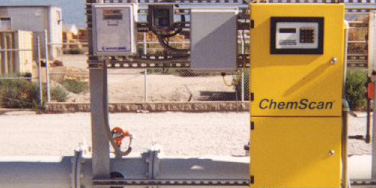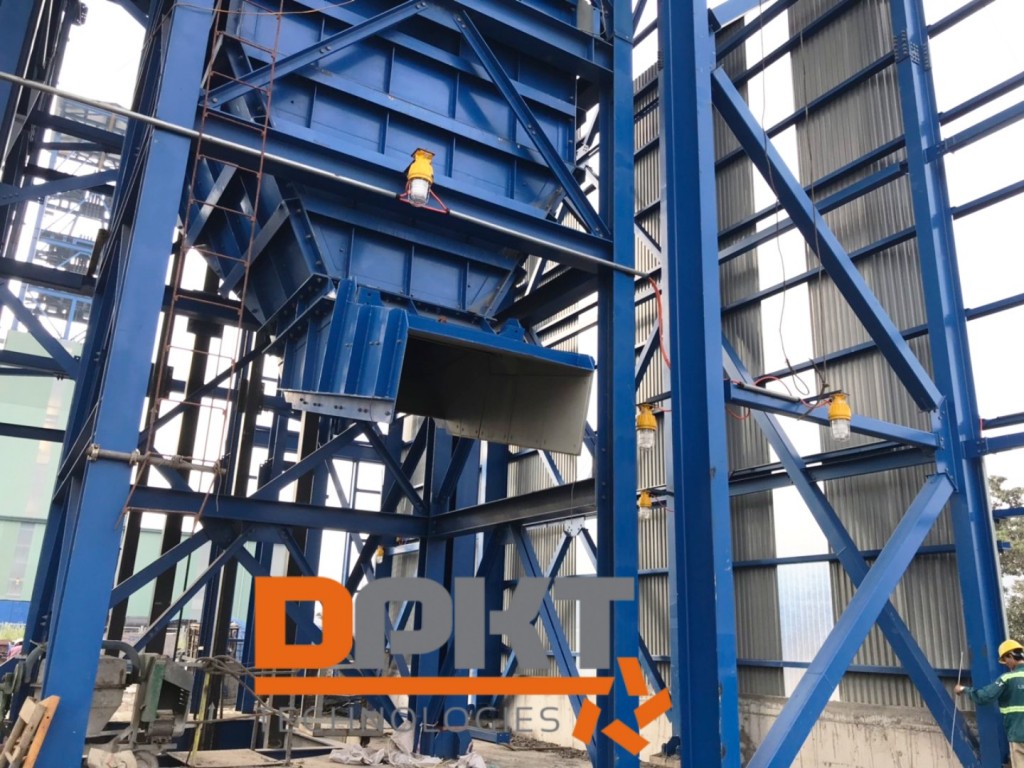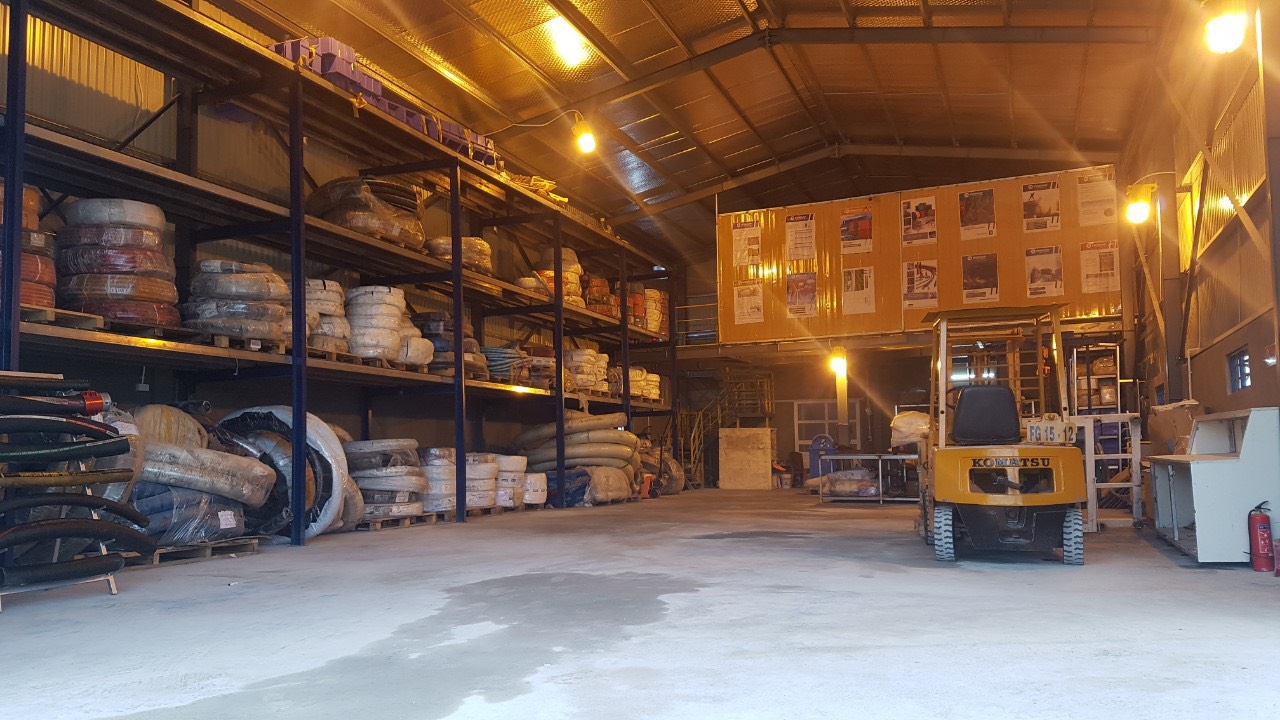
Background
Protection of closed loop recirculating water systems usually requires high pH and high levels of corrosion inhibitors. The pH range of operation generally limits the choice of corrosion inhibitors to chromate, nitrite, molybdate, hydrazine and certain organic polymers.
Chromate concentrations are frequently carried at 200 ppm and higher. Nitrite formulations are often carried at 2000 to 3000 ppm, including 200-300 ppm nitrate. Molybdate can be carried at lower concentration but still requires 100 to 200 ppm. Formulations often include copper corrosion inhibitors and alkali buffering agents in addition to the main inhibitor.
Standard Methods of Analysis
Analysis of corrosion inhibitors for closed loop systems is affected by the high concentrations of the main inhibitor. Sample dilution is usually required which complicates both manual and automated analysis methods and introduces a major source of error in the analysis.
ChemScan Analyzer Method
The major closed loop inhibitors all have excellent light absorbance spectra in the ultraviolet wavelength range. Chromium, nitrite or and molybdate can be analyzed by ChemScan in closed loop samples, without dilution, at the typical concentrations carried within the loop. Analysis of these inhibitors is based on direct UV absorbance and does not require a reagent.
In applications where the contents of water outside of the recirculating loop needs to be monitored for possible leakage from the loop water, the main corrosion inhibitors can also be detected directly by ChemScan at low concentration.
Hydrazine analysis will depend on the specific product employed. Many hydrazine based compounds will absorb light in the ultraviolet and are excellent candidates for direct analysis without reagents. Specific products or formulations should be sampled to ChemScan for laboratory analysis to confirm whether direct analysis is possible. Constant monitoring of hydrazine in a closed loop is necessary due to consumption from air leakage into the loop.
ChemScan can also detect many organic polymers. Some may require secondary (reagent assisted) methods for analysis. See ChemScan Method Summary #149 for a discussion of synthetic polymers.










